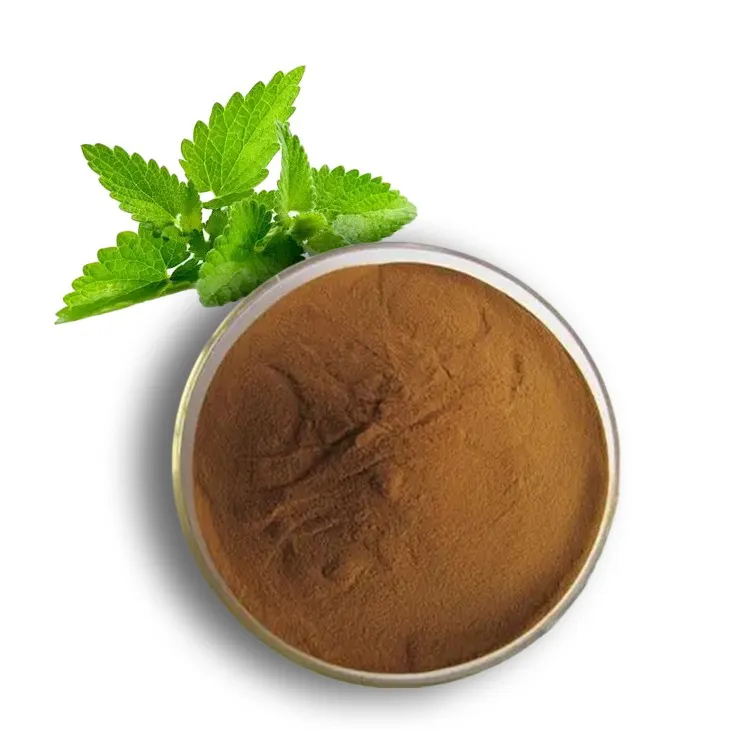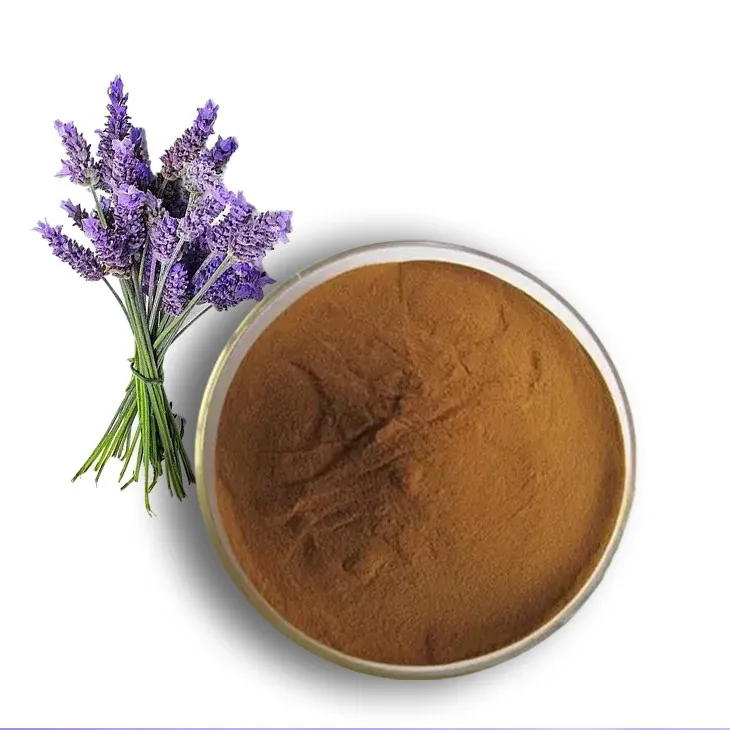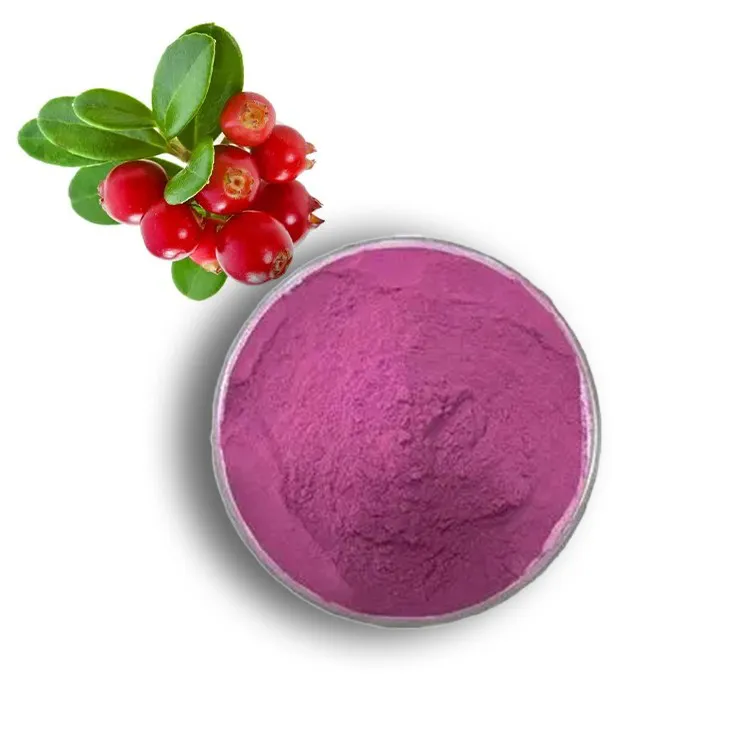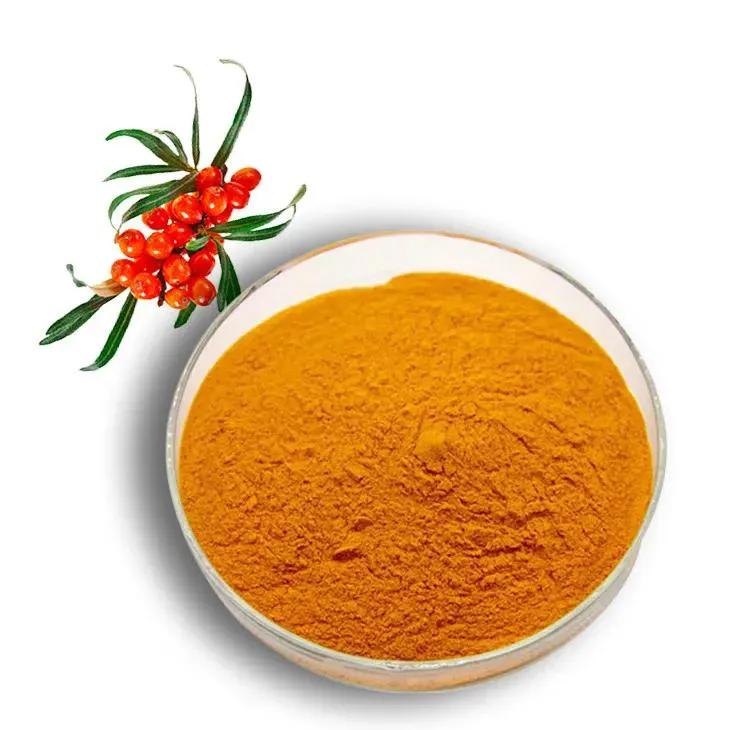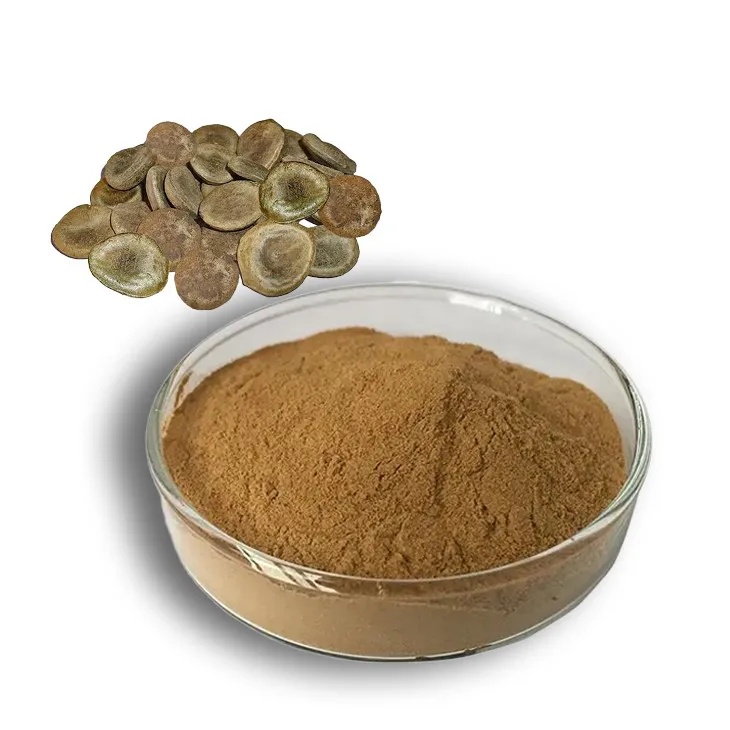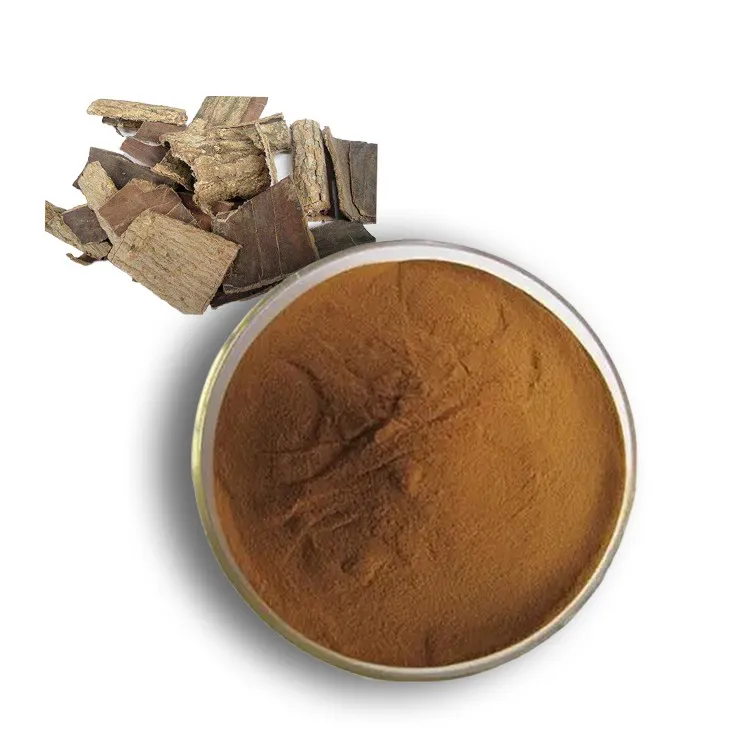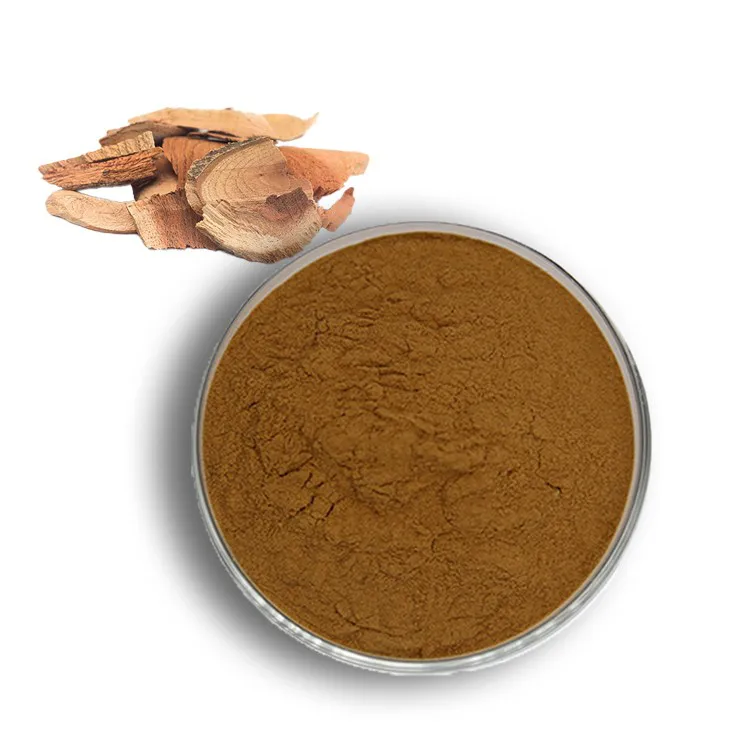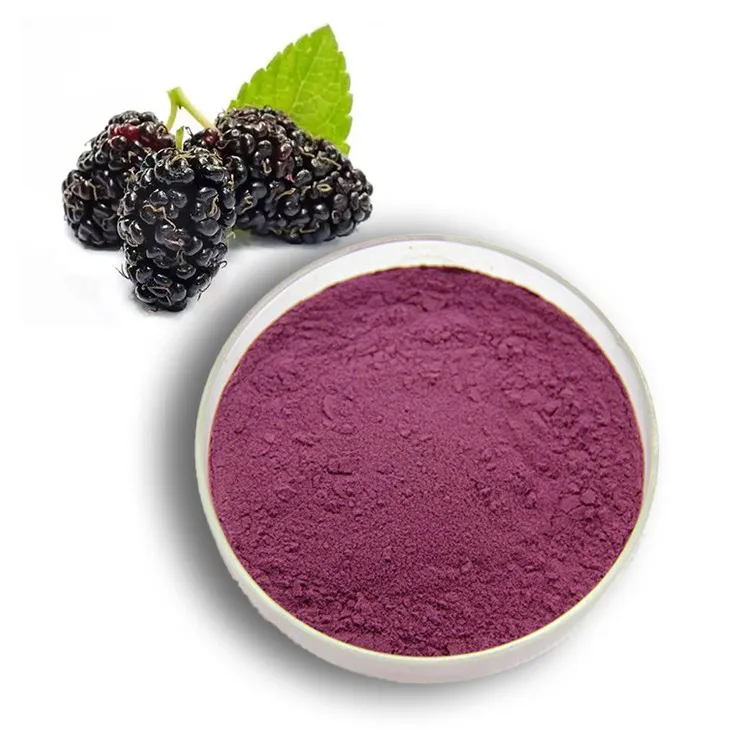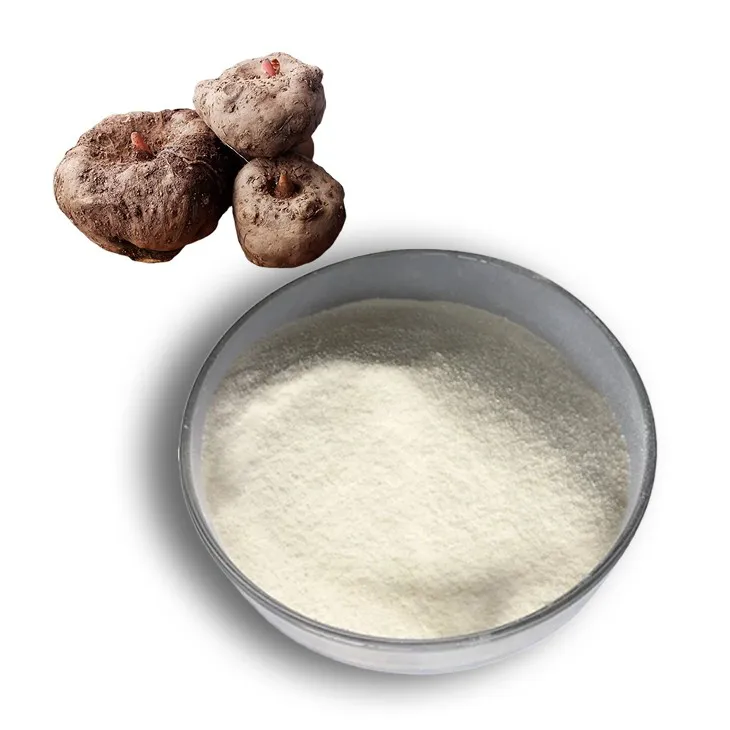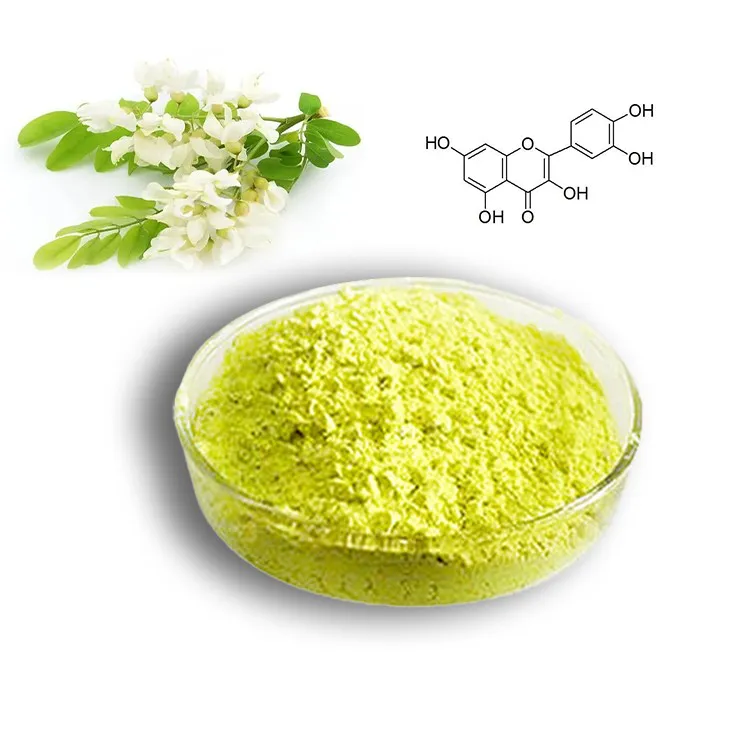- 0086-571-85302990
- sales@greenskybio.com
hesperidin natural sources
2023-09-27
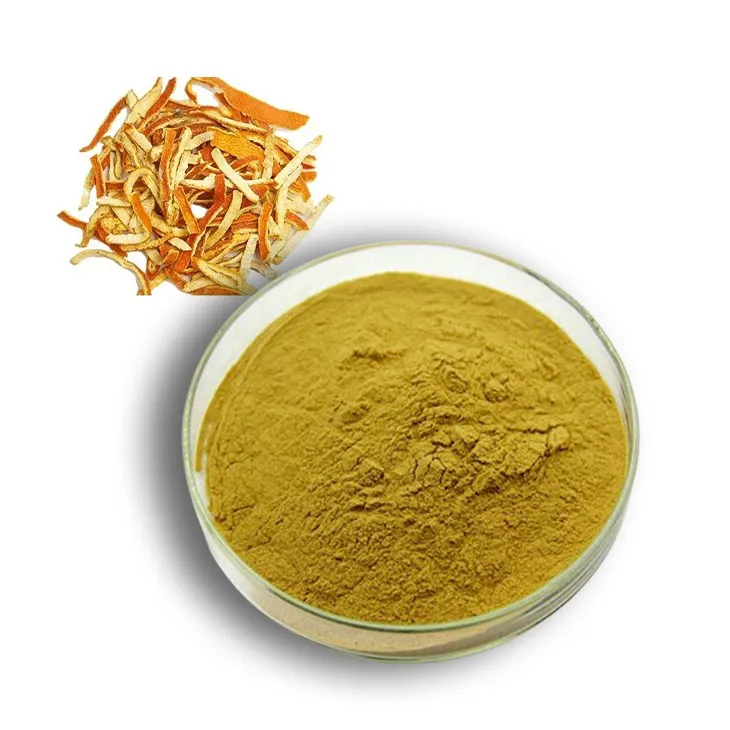
1. Chemical Structure and Properties
1. Chemical Structure and Properties
Hesperidin, a natural flavonoid glycoside, is known for its distinctive chemical structure and a range of biological properties. It is primarily found in citrus fruits, particularly in the peels, and is characterized by its antioxidant and anti-inflammatory activities.
Chemical Structure
The chemical structure of Hesperidin consists of a flavanone aglycone, hesperetin, which is attached to a disaccharide unit, rutinose. The molecular formula of Hesperidin is C28H34O15, and it has a molecular weight of approximately 610.57 g/mol. The aglycone hesperetin is a flavanone with a dihydroflavonol structure, featuring a 3-hydroxyl group and a 4-oxo function. The rutinose sugar moiety is composed of a rhamnose and a glucose molecule linked in a 1→6 glycosidic bond.
Properties
Hesperidin exhibits several key properties that contribute to its biological activities:
1. Antioxidant Activity: The presence of phenolic hydroxyl groups in the hesperetin molecule allows hesperidin to act as a free radical scavenger, protecting cells from oxidative damage.
2. Anti-Inflammatory Effects: Hesperidin has been shown to modulate the expression of inflammatory cytokines, reducing inflammation in various tissues.
3. Antimicrobial Properties: The compound can inhibit the growth of certain bacteria and fungi, which contributes to its use in traditional medicine.
4. Antiviral Activity: Hesperidin has been reported to have antiviral effects against some viruses, including herpes simplex virus.
5. Bioavailability: Hesperidin is poorly absorbed in the gastrointestinal tract due to its large molecular size and sugar moiety. However, once ingested, it can be metabolized into hesperetin, which has higher bioavailability.
6. Solubility: Hesperidin is soluble in water and ethanol, which facilitates its extraction from natural sources and its use in various formulations.
Understanding the chemical structure and properties of hesperidin is fundamental to exploring its potential applications in food, medicine, and other industries. The next sections will delve into the natural sources of hesperidin, the methods for its extraction, and its health benefits, among other topics.
2. Natural Sources of Hesperidin
2. Natural Sources of Hesperidin
Hesperidin, a natural flavonoid glycoside, is predominantly found in citrus fruits, particularly in the peels, though it is also present in the fruit's flesh and seeds. The concentration of hesperidin can vary significantly depending on the type of citrus fruit, the growing conditions, and the ripeness of the fruit. Here, we explore the primary natural sources of hesperidin and their respective levels of this beneficial compound.
Citrus Fruits:
- Oranges: Oranges are among the richest sources of hesperidin, with the highest concentrations found in the outer layer of the peel. The hesperidin content in oranges can range from 200 to 800 mg per 100 grams of dried peel.
- Grapefruits: Similar to oranges, grapefruits also contain a significant amount of hesperidin, especially in the peel. The content can vary depending on the variety of grapefruit.
- Lemons: Lemons, while known for their high vitamin C content, also contain hesperidin, primarily in the peel. The concentration is lower compared to oranges and grapefruits.
- Tangerines and Mandarins: These smaller citrus fruits also contain hesperidin, with the peel being the main source.
Other Fruits and Plants:
- Hibiscus: Some species of hibiscus, particularly Hibiscus sabdariffa (also known as roselle), contain hesperidin in their calyces.
- Passion Fruit: The peel of passion fruit has been found to contain hesperidin, though in lower amounts compared to citrus fruits.
- Guava: Guava, especially the leaves and to a lesser extent the fruit, contains hesperidin and other bioactive compounds.
Herbs and Spices:
- Hawthorn: The berries of hawthorn contain hesperidin, which is often used in traditional medicine for its health benefits.
- Safflower: Safflower, a plant known for its oil, also contains hesperidin in its petals.
Wild Plants and Weeds:
- Some wild plants and weeds, such as Cleome (Spider Flower), have been identified as containing hesperidin.
Variability in Hesperidin Content:
The hesperidin content in these natural sources can be influenced by several factors:
- Genetic Variability: Different varieties of the same fruit can have different hesperidin levels.
- Cultivation Practices: Soil type, irrigation, and fertilization can affect the hesperidin content.
- Harvest Time: The stage of ripeness at harvest can influence the concentration of hesperidin in the fruit.
- Storage Conditions: Post-harvest handling and storage can also impact the levels of hesperidin.
Understanding the natural sources of hesperidin is crucial for its extraction and utilization in various applications. The next section will delve into the extraction methods used to obtain hesperidin from these sources, highlighting the techniques that maximize yield and purity.
3. Extraction Methods
3. Extraction Methods
Hesperidin, a bioflavonoid with a wide range of health benefits, can be extracted from various natural sources. The extraction methods are crucial for preserving the bioactivity of hesperidin and ensuring its purity for use in food and medicinal applications. Here, we explore several common techniques used for hesperidin extraction:
3.1 Traditional Solvent Extraction
Traditional solvent extraction is one of the most commonly used methods for extracting hesperidin from natural sources. This method involves the use of organic solvents such as ethanol, methanol, or acetone to dissolve hesperidin from plant materials. The solvent is then evaporated, leaving behind a concentrated hesperidin extract. This method is simple and cost-effective but may not be suitable for large-scale production due to the use of potentially harmful solvents and the need for extensive purification steps.
3.2 Ultrasound-Assisted Extraction (UAE)
Ultrasound-assisted extraction is a modern technique that utilizes high-frequency sound waves to disrupt plant cell walls, facilitating the release of hesperidin into the solvent. This method is faster and more efficient than traditional solvent extraction and can improve the yield and purity of the extracted hesperidin. Additionally, UAE can be performed at lower temperatures, which helps preserve the bioactivity of hesperidin.
3.3 Microwave-Assisted Extraction (MAE)
Microwave-assisted extraction employs microwave radiation to heat the plant material and solvent, accelerating the extraction process. MAE is known for its high efficiency, short extraction time, and minimal degradation of bioactive compounds. This method can also be used in combination with other extraction techniques, such as solvent extraction or UAE, to further enhance the extraction efficiency.
3.4 Supercritical Fluid Extraction (SFE)
Supercritical fluid extraction is an advanced technique that uses supercritical fluids, typically carbon dioxide, to extract hesperidin from plant materials. The supercritical fluid has unique properties, such as high solubility and low viscosity, which allow for efficient extraction at relatively low temperatures. SFE is a green and scalable method, but it may be more expensive than other extraction techniques due to the specialized equipment required.
3.5 Pressurized Liquid Extraction (PLE)
Pressurized liquid extraction, also known as accelerated solvent extraction, uses high pressure and temperature to enhance the solubility of hesperidin in the solvent. PLE is a rapid and efficient method that can be performed in a shorter time compared to traditional solvent extraction, with reduced solvent consumption and improved extraction yield.
3.6 Enzyme-Assisted Extraction
Enzyme-assisted extraction involves the use of enzymes to break down plant cell walls and release hesperidin into the solvent. This method is gentle and can preserve the bioactivity of hesperidin, but it may require longer extraction times and the addition of enzymes, which can increase the overall cost.
3.7 Conclusion
The choice of extraction method for hesperidin depends on various factors, including the desired yield, purity, cost, and scalability. Each method has its advantages and limitations, and researchers are continually exploring new techniques to improve the efficiency and sustainability of hesperidin extraction from natural sources.
4. Health Benefits of Hesperidin
4. Health Benefits of Hesperidin
Hesperidin, a natural flavonoid glycoside, has garnered significant attention for its numerous health benefits. Its bioactive properties have been extensively studied, revealing a wide range of positive effects on human health. Here are some of the key health benefits associated with hesperidin:
4.1 Antioxidant Properties
Hesperidin exhibits potent antioxidant activity, which helps to neutralize harmful free radicals in the body. By doing so, it can protect cells from oxidative damage, which is a major factor in the development of chronic diseases and the aging process.
4.2 Anti-inflammatory Effects
Inflammation is a common denominator in many diseases, including cardiovascular diseases, diabetes, and cancer. Hesperidin has been shown to possess anti-inflammatory properties, which can help reduce inflammation and alleviate symptoms associated with inflammatory conditions.
4.3 Cardiovascular Health
Hesperidin has been linked to improved cardiovascular health due to its ability to lower blood pressure, reduce cholesterol levels, and improve blood flow. These effects can help prevent the development of heart disease and stroke.
4.4 Anti-cancer Potential
Research has suggested that hesperidin may have anti-cancer properties, as it can inhibit the growth of cancer cells and induce apoptosis (cell death) in certain types of cancer. It is believed that its antioxidant and anti-inflammatory effects contribute to its potential cancer-fighting abilities.
4.5 Immune System Support
Hesperidin can help strengthen the immune system by enhancing the production of immune cells and modulating the immune response. This can help the body better defend against infections and diseases.
4.6 Anti-viral and Anti-bacterial Activities
Hesperidin has demonstrated antiviral and antibacterial properties in laboratory studies, suggesting that it may be useful in the prevention and treatment of certain viral and bacterial infections.
4.7 Skin Health
Due to its antioxidant and anti-inflammatory properties, hesperidin can also contribute to healthier skin. It may help reduce signs of aging, such as wrinkles and fine lines, and protect the skin from environmental damage.
4.8 Bone Health
Some studies have indicated that hesperidin may help maintain bone health by promoting bone mineralization and reducing bone loss, which can be beneficial in preventing osteoporosis and other bone-related disorders.
4.9 Weight Management
Hesperidin has been found to have potential weight management benefits, as it can help regulate metabolism and improve insulin sensitivity. This can aid in weight loss and the prevention of obesity-related health issues.
In conclusion, hesperidin is a versatile natural compound with a wide range of health benefits. Its antioxidant, anti-inflammatory, and other bioactive properties make it a valuable addition to a healthy diet and a promising candidate for further research and development in the fields of food and medicine.
5. Applications in Food and Medicine
5. Applications in Food and Medicine
Hesperidin, with its wide range of health benefits and natural occurrence, has found applications in both the food and pharmaceutical industries. Its versatility and potential for health promotion make it a valuable ingredient in various products.
Food Industry:
1. Flavor Enhancer: Hesperidin is used as a natural flavor enhancer in food products due to its characteristic citrus taste.
2. Preservative: Its antioxidant properties help in preserving food by preventing oxidation, which can extend the shelf life of certain products.
3. Functional Food: Hesperidin is incorporated into functional foods and beverages that are designed to provide health benefits beyond basic nutrition.
4. Natural Colorant: The yellow color of hesperidin can be used as a natural colorant in food products, adding visual appeal without the use of synthetic dyes.
Pharmaceutical Industry:
1. Medicine Formulation: Hesperidin is used in the formulation of various pharmaceutical products, particularly those aimed at cardiovascular health, due to its vasodilatory effects.
2. Dietary Supplements: As a dietary supplement, hesperidin is marketed for its potential to support healthy blood flow and reduce inflammation.
3. Topical Applications: In dermatological formulations, hesperidin can be used for its anti-inflammatory and antioxidant properties to help with skin health and wound healing.
Cosmetics Industry:
1. Skin Care Products: Hesperidin's antioxidant and anti-inflammatory properties make it suitable for inclusion in skin care products to improve skin health and appearance.
2. Hair Care Products: It can also be used in hair care products to promote hair health and reduce oxidative stress.
Agricultural Applications:
1. Plant Growth Regulator: Hesperidin has been studied for its potential as a plant growth regulator, which could enhance crop yields and quality.
Research and Development:
1. Novel Drug Development: Ongoing research is exploring the potential of hesperidin and its derivatives for the development of new drugs targeting various diseases.
The applications of hesperidin are expanding as more research uncovers its potential benefits. However, the integration of hesperidin into these industries must be carefully managed to ensure safety, efficacy, and sustainability of its sources. As consumer awareness of natural health products grows, the demand for hesperidin in food and medicine is likely to increase, driving further innovation and development in its applications.
6. Challenges and Future Prospects
6. Challenges and Future Prospects
The exploration and utilization of hesperidin have been significant in the fields of food and medicine. However, there are still several challenges to overcome and areas for future research to enhance the benefits and applications of hesperidin.
Challenges:
1. Limited Sources: While hesperidin is found in a variety of citrus fruits, the concentration can be low, making extraction less efficient and more costly.
2. Extraction Efficiency: Current extraction methods may not be optimal, leading to lower yields and potential degradation of the compound.
3. Stability Issues: Hesperidin can be sensitive to heat, light, and pH changes, which can affect its stability and bioavailability.
4. Bioavailability: The human body may not fully absorb hesperidin, limiting its effectiveness.
5. Regulatory Hurdles: The use of hesperidin in food and medicine is subject to regulatory approval, which can be a lengthy and complex process.
Future Prospects:
1. Improving Extraction Techniques: Research into more efficient and environmentally friendly extraction methods could increase the availability and affordability of hesperidin.
2. Enhancing Bioavailability: Studies on how to improve the absorption and utilization of hesperidin by the human body could lead to more effective formulations.
3. Expanding Natural Sources: Genetic modification or cultivation techniques that increase the hesperidin content in plants could provide a more abundant source.
4. Synthetic Production: The development of synthetic pathways to produce hesperidin could offer a more controlled and scalable supply.
5. Clinical Trials: More extensive clinical trials are needed to fully understand the health benefits and optimal dosages of hesperidin.
6. Regulatory Advocacy: Working with regulatory bodies to establish clear guidelines and approval processes for the use of hesperidin in various applications.
7. Nutritional Education: Educating consumers about the benefits of hesperidin and how to incorporate it into their diets could increase demand and acceptance.
In conclusion, while hesperidin offers a wealth of potential health benefits and applications, there are significant challenges that need to be addressed. Future research and development efforts should focus on overcoming these challenges to fully harness the potential of hesperidin in food and medicine.
7. Conclusion
7. Conclusion
In conclusion, hesperidin is a flavonoid glycoside with a wide range of health benefits, making it a valuable compound for both food and medicinal applications. Its chemical structure, characterized by a unique arrangement of phenylpropanoid and sugar moieties, contributes to its distinctive properties, including antioxidant, anti-inflammatory, and antimicrobial activities.
The natural sources of hesperidin are primarily citrus fruits, with varying concentrations depending on the species and maturity of the fruit. Other sources include passion fruit, peppermint, and some species of Rutaceae. These sources provide a sustainable and renewable supply of hesperidin for extraction and utilization.
Various extraction methods have been developed to obtain hesperidin from its natural sources, including solvent extraction, ultrasonic-assisted extraction, and supercritical fluid extraction. These methods aim to maximize the yield and purity of hesperidin while minimizing environmental impact and preserving its bioactivity.
The health benefits of hesperidin are extensive, with evidence supporting its role in cardiovascular health, immune system modulation, and cancer prevention. Its antioxidant properties help protect cells from oxidative damage, while its anti-inflammatory effects may alleviate symptoms of chronic diseases. Additionally, hesperidin has shown potential in managing blood sugar levels and improving bone health.
In the food and pharmaceutical industries, hesperidin is used as a natural preservative, flavor enhancer, and functional ingredient. Its incorporation into food products can enhance their nutritional value and health-promoting properties. In medicine, hesperidin has potential as a therapeutic agent for various conditions, including cardiovascular diseases, diabetes, and inflammatory disorders.
However, challenges remain in the large-scale production and application of hesperidin. Factors such as low extraction yields, high production costs, and potential side effects need to be addressed to fully harness the potential of this bioactive compound. Future research should focus on optimizing extraction methods, investigating the mechanisms of action, and evaluating the safety and efficacy of hesperidin in clinical settings.
In summary, hesperidin is a promising natural compound with significant health benefits and diverse applications. Continued research and development will pave the way for its broader use in food, medicine, and other industries, contributing to improved health and well-being.
- ▶ Hesperidin
- ▶ Citrus Bioflavonoids
- ▶ Plant Extract
- ▶ lycopene
- ▶ Diosmin
- ▶ Grape seed extract
- ▶ Sea buckthorn Juice Powder
- ▶ Fruit Juice Powder
- ▶ Hops Extract
- ▶ Artichoke Extract
- ▶ Mushroom extract
- ▶ Astaxanthin
- ▶ Green Tea Extract
- ▶ Curcumin
- ▶ Horse Chestnut Extract
- ▶ Other Product
- ▶ Boswellia Serrata Extract
- ▶ Resveratrol
- ▶ Marigold Extract
- ▶ Grape Leaf Extract
- ▶ New Product
- ▶ Aminolevulinic acid
- ▶ Cranberry Extract
- ▶ Red Yeast Rice
- ▶ Red Wine Extract
-
Peppermint Extract Powder
2023-09-27
-
Lavender Extract
2023-09-27
-
Europen Bilberry Extract
2023-09-27
-
Sea buckthorn Juice Powder
2023-09-27
-
Kupilu Extract
2023-09-27
-
Eucommia Ulmoides Extract
2023-09-27
-
Thunder God Vine Extract
2023-09-27
-
Mulberry Extract
2023-09-27
-
Konjac Powder
2023-09-27
-
Quercetin
2023-09-27











